Headwinds have challenged the export prospects. Ashish Bhatia looks at the limitations and opportunities for the CV suppliers in this multipart series.
The export aspirations have been significantly hindered by unprecedented and peculiar circumstances. From geopolitical trade uncertainties, to supply chain bottlenecks, to recessionary trends and demand slump threatening consumption. If the Russia-Ukraine crisis wasn’t hard enough on trade, the Israel-Gaza crisis has worsened matters. The recent diversion of shipping traffic in the Red Sea after the Suez Canal fiasco is being watched closely and is expected to drive up costs by ~25-30 per cent as a moderate estimate. India is watching the developments closely and continues its long-term efforts to reduce logistics costs by approximately four per cent of the GDP. The on-highway and off-highway segments with their advances and adherence to new compliances in the shift to green mobility have kept the prospects alive. A substantial revenue can be generated on the back of localised, globally bench marked products cutting through the competition in the plus one era of strategy. Near term complexities weighing down on the industry include the destruction trail in Southern India. First cyclone Michaung and then heavy rain battering southern districts of Tirunelveli, Thoothukudi, Tenkasi and Kanyakumari resulting in severe inundation in the automotive hub. Covid-19 refuses to die down and is expected to play out on business in the coming days. From breakouts in Singapore to touchdowns in Kerala, Uttar Pradesh and Goa as WHO studies the new ‘Variant of Interest’ not concern’.
H1-FY24: A snapshot of exports
Looking at the pure-play CV OEMs, as per SIAM statistics, exports between April to September 2023, moderated to 31,864 units from 42,306 units in the same period a year ago. Tata Motors led with 8,393 units (from 11,934 in 2022) in this period followed by Mahindra & Mahindra Ltd. at 7581 units ( from 12,004 units in 2022). Ashok Leyland Ltd. clocked 5123 units (from 5307 units in 2022). VE Commercial Vehicles Ltd. stood at 1764 units (from 3092 units in 2022).
Recently, the 1000th BharatBenz bus rolled off the Daimler India Commercial Vehciles Ltd. line in a befitting end to 2023 what has been a “pleasant” bus year from a sales and exports point of view. The independent annual press release of Daimler India Commercial Vehicles Ltd. for CY 2022 had Daimler enter 2023 with strong momentum. The company despite supply chain headwinds and an adverse cost environment in 2022 witnessed the most successful business years since starting its manufacturing operations in India. A revenue growth of 37 per cent and a sales growth of 25 per cent in CY2022 over CY2021. DICV totalled sales of 29,470 domestic and export units of trucks and buses in the calendar year. At some point, the company is expected to enter lower end of the spectrum with a new product, details of which are yet to be officially announced.
As per the interim report Q2-2023, Daimler Truck registered a significant YoY increase in unit sales in the first half of 2023. This is attributed to a 49 per cent increase in India (64 per cent in Q2 2023). Daimler Buses grew by 22 per cent in Q2-2023 compared to the same period a year earlier. It sold 11,751 buses in Q1-2023 and 6,181 buses in Q2-2023 attributed to market recovery in EU30 ((European Union, United Kingdom, Switzerland and Norway) and Latin America regions (significantly increased unit sales in Brazil). As per the interim Q3-2023 report, unit sales in the Trucks Asia segment decreased by eight per cent to 38,052 trucks. The decrease is attributed to market developments in Indonesia as well as bottlenecks at suppliers. In comparison to the same period a year ago, Trucks Asia recorded a significant decrease in unit sales in Indonesia (-34 per cent) and in the EU30 region (-23 per cent). In contrast, Trucks Asia achieved a significant increase in unit sales in India (+65 per cent) to 6,208 units. It was in 2020 when sales of BA, the first bus model to be produced for the FUSO brand from the DICV Oragadam commenced (pilot sales commenced in December 2019). The company was quick to hit the 100-unit milestone for the EuroV-compliant bus having been produced for customers in the UAE market and based on the BharatBenz staff bus built for student and staff transportation requirements.
To give a context, In FY23, CV exports declined from 92,297 units to 78,645 units. As the industry shifts focus to the penultimate quarter of the fiscal – Q4FY24, speaking on the growth during the festive season, Vinod Aggarwal, President, SIAM and MD & CEO, VE Commercial Vehicles Ltd. hailed the performance in the festive season ending in the first part of November. “For the month, three-wheeler segments posted high double-digit growth. Commercial Vehicle sales matched last year’s levels. Supported by strong economic growth, the Industry is optimistic about ending the year 2023 on a high note and expects the trend to continue into 2024,” he stated. Rajesh Menon, Director General, SIAM pointed at the three-wheelers reporting growth of 30.8 per cent, compared to the previous year, posting sales of about 0.60 lakh units in November 2023, just below the peak of November 2017.
Three-wheelers
Three-wheeler exports decreased from 499,730 units to 365,549 units in FY23. From April to November 2023, the industry exported 2,06,834 three-wheelers (2,04,753 passenger carriers and 2,081 goods carriers). Bajaj Auto Ltd. led this tally having exported 103,928 three-wheelers followed by TVS Motor Company Ltd. at 90,819 units. Piaggio Vehicles Pvt. Ltd. came in third position with 7,480 units. Reflecting on the sales up to Q2-FY24, Diego Graffi, Chairman & Managing Director at Piaggio Vehicles Pvt. Ltd., hinted that the three-wheeler sales have returned to normal and CV sales on the whole are fairing well. Speaking against the backdrop of India’s G20 presidency and the buoyancy in sentiment, the conjunction of the two events according to Graffi augurs well for the industry subject to the stability of the ecosystem as a whole and the contributing factors like raw material prices. Of the opinion that if the variables remain stable no matter if it’s not a big improvement, the prospects bode well for the industry. India’s elevation in global stature is reflected in the G20 consensus as one example that backs India’s stature as the place to be and produce. The economic crisis in China and the government’s push back home towards green mobility backed by huge investments and policy interventions as a whole have set the foundation for India to build on in the coming three years as the global manufacturing hub.
India incentivising global manufacturers has also given the push for a quicker setup in favour of ‘Made In India’ for the globe as per Graffi. On the PLI scheme, Graffi admitted to the scope of eligibility perhaps being widened to include more stakeholders of the value chain. Going beyond hydrogen fuel cells and BEVs to encompass other cleaner fuel options could be more helpful. Graffi also touched upon the penetration of pure ethanol in the three-wheeler segment as a technically feasible option in the long run. While the cost of operations is higher in the near term compared to CNG as a result of mileage deterioration a powertrain intervention can bring it to par, he opined. As the year marks the return of three-wheelers, the sales between L3 and L5 categories have touched all-time highs. Despite the low base in the export segment, in 2024, the OEM expects that the stabilisation of the economic situation in countries like Africa will aid in further recovery. A technology-agnostic approach and preparedness augurs well for the industry, he stated. Anticipating new requirements of safety to come up, the company has prepared to comply and invested to align with the requirements of the next two years.
Graffi additionally touched upon the blurring of lines between three-wheelers and four-wheelers below the rated payload of 1.5 tonnes. With a clear demarcation during BSIV, he explained how the transition to BSVI and the cost implications led to the acquisition price differential narrowing down. The customer is indecisive as a result, he explained. With its diversified three-wheeler portfolio, the company for now won’t re-enter the four-wheeler mini truck segment. It is hoping to capture a greater share of the largely diesel-dominated mini truck segment through its three-wheelers.





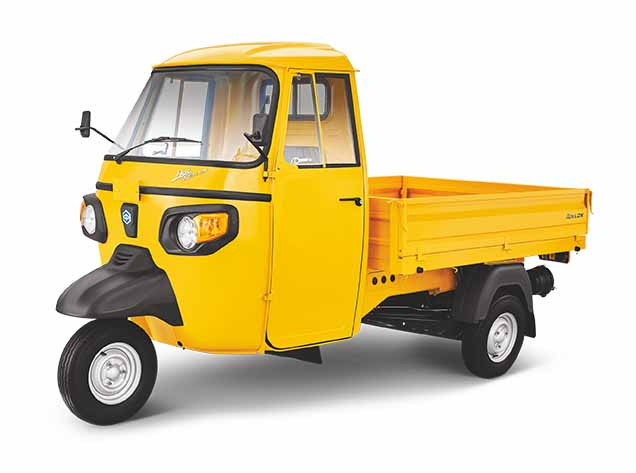
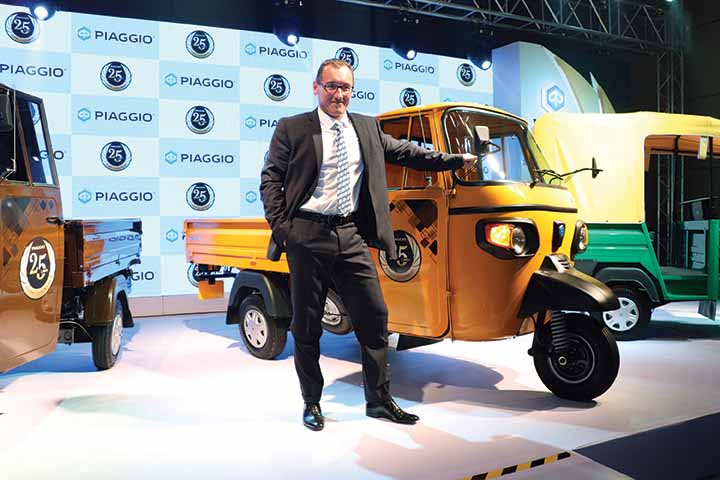


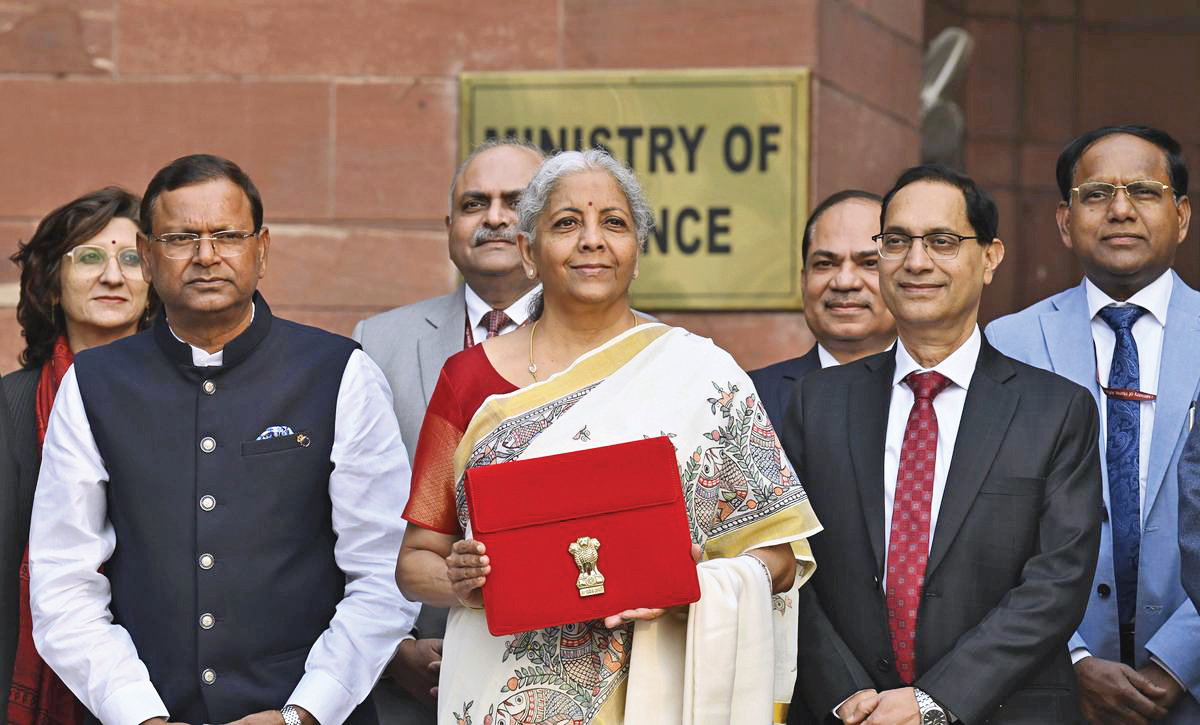

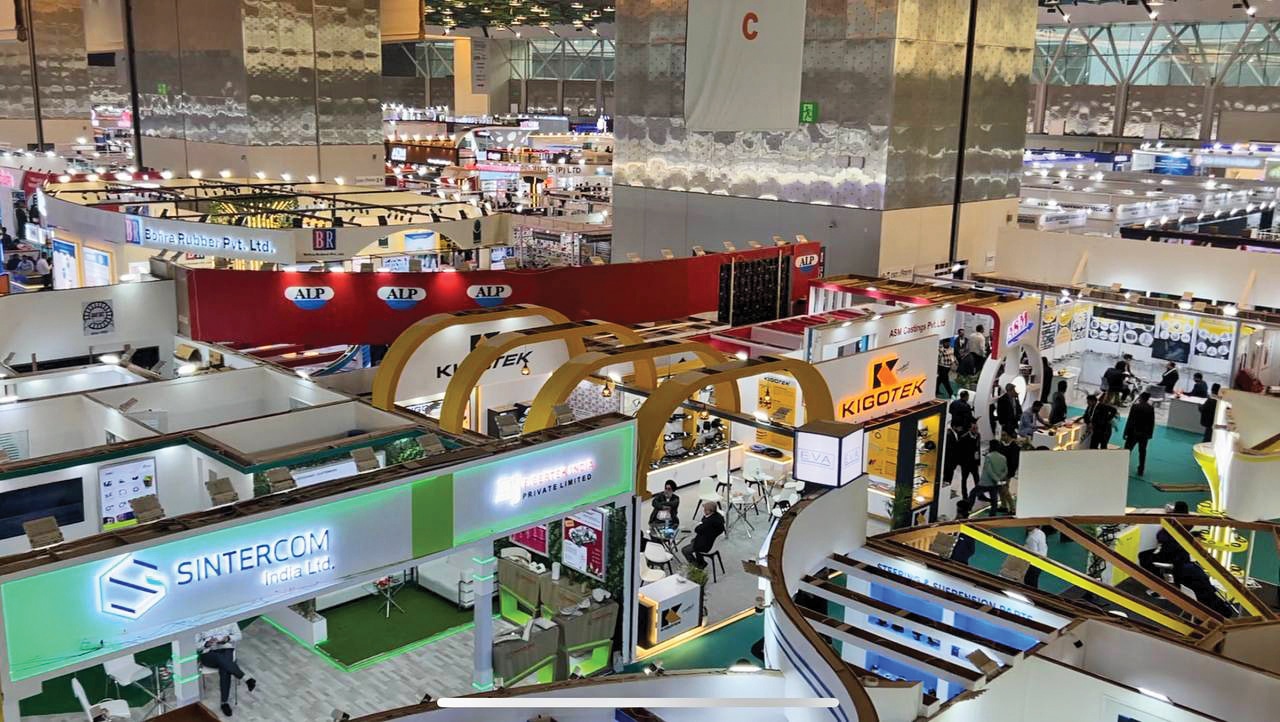

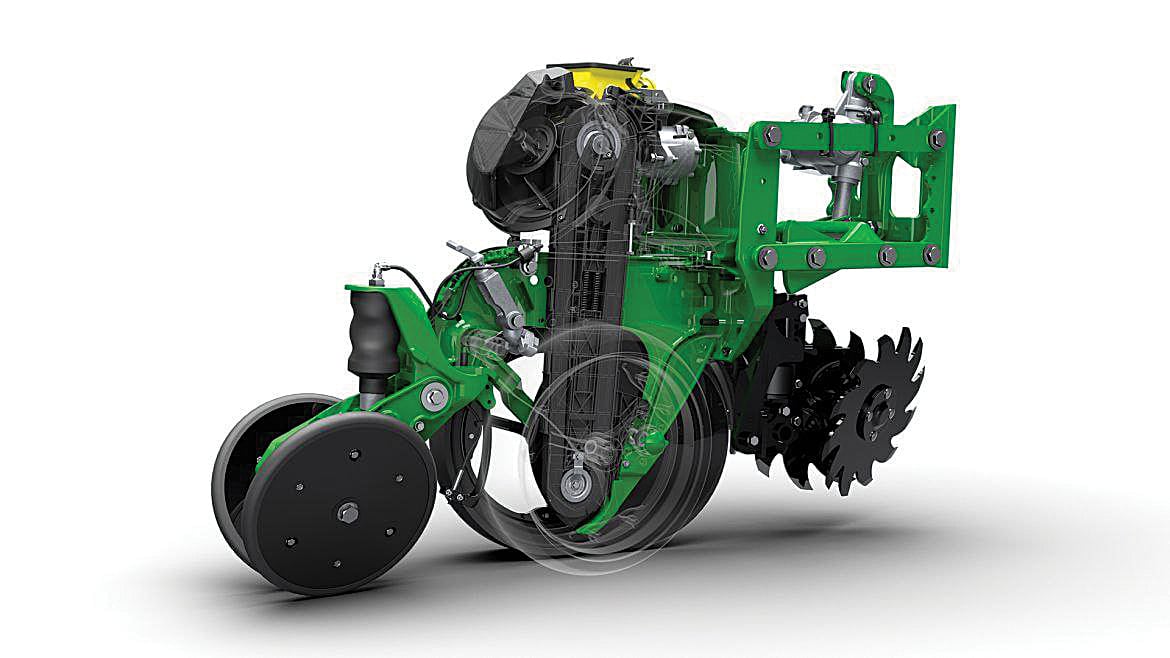

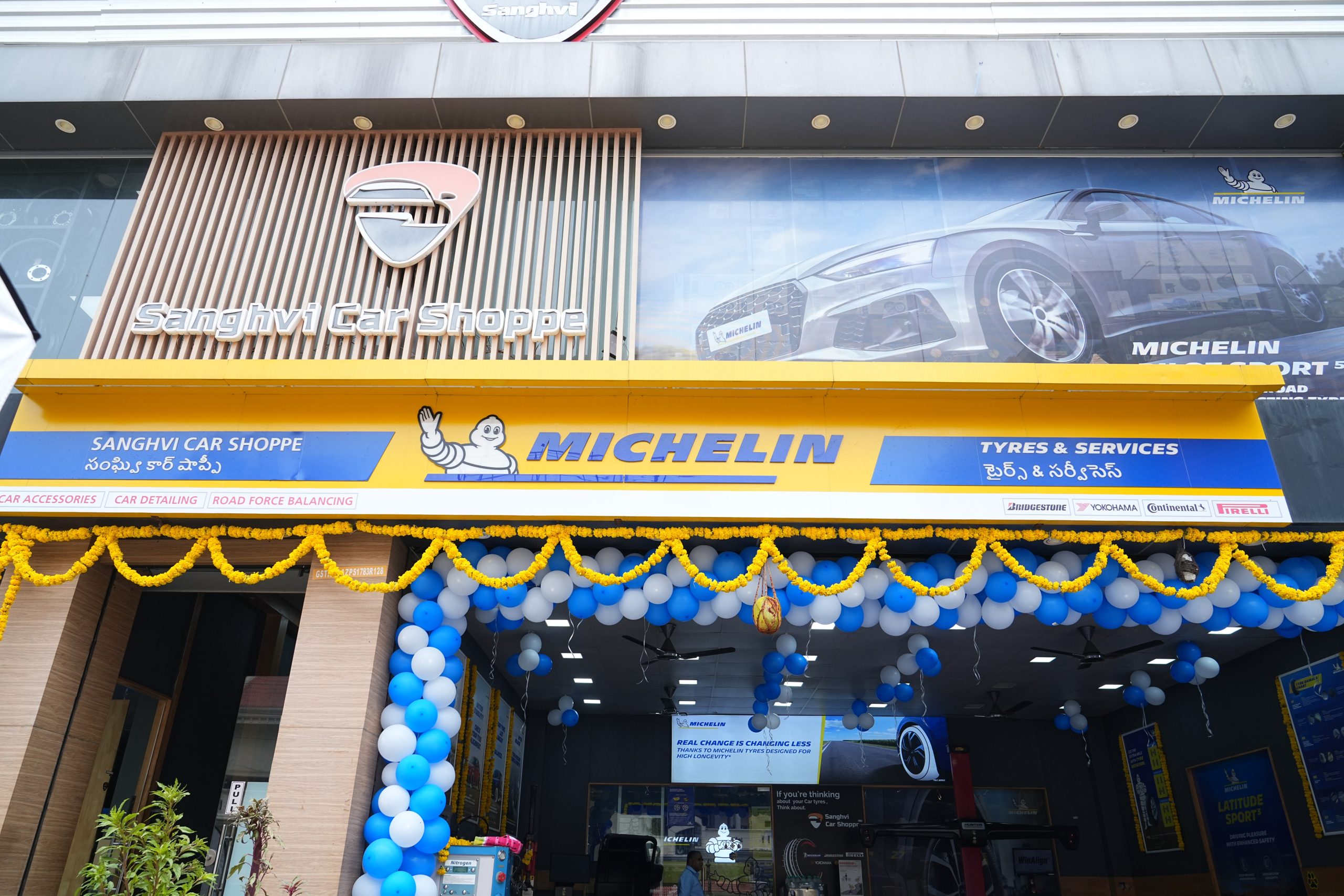

Leave a Reply